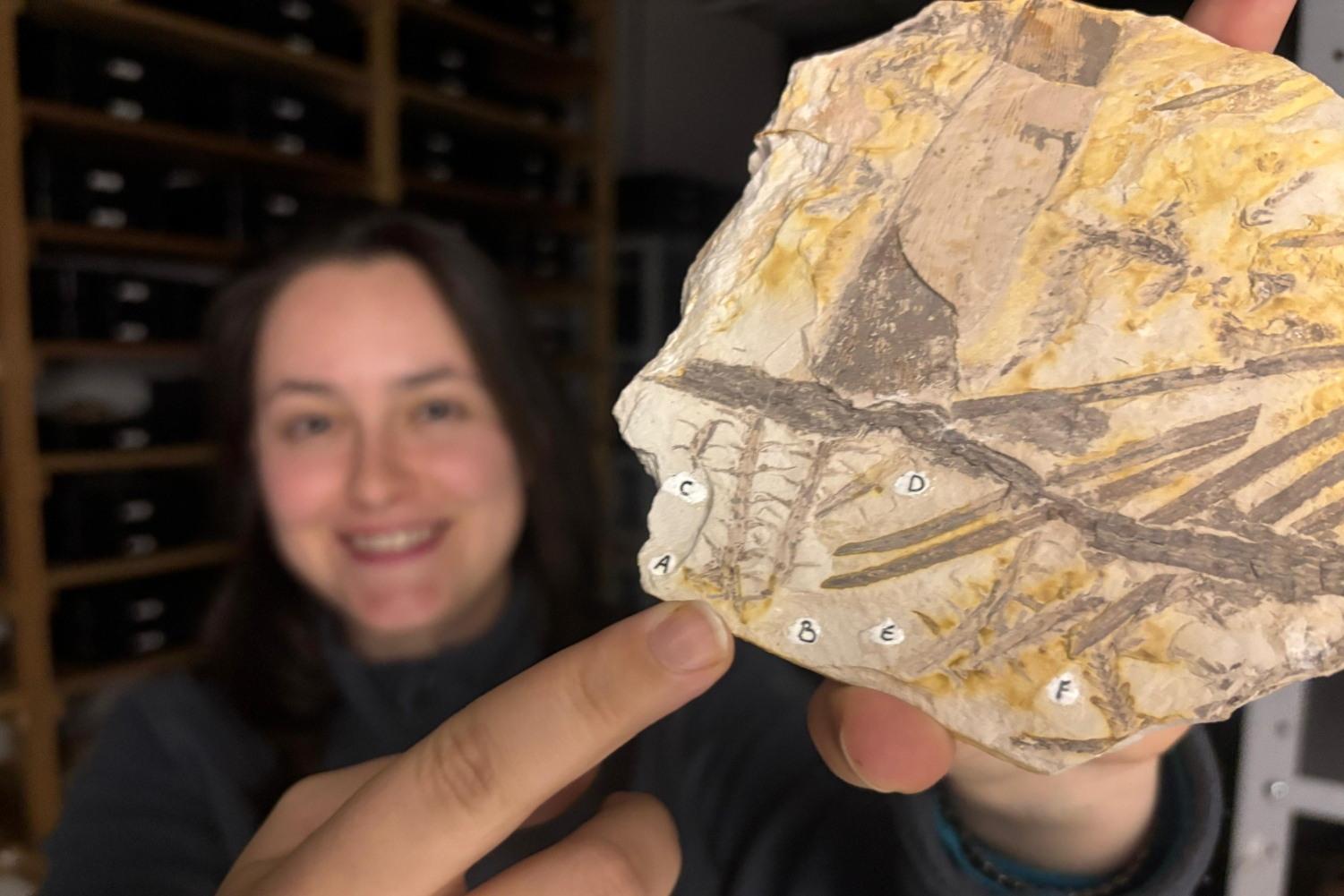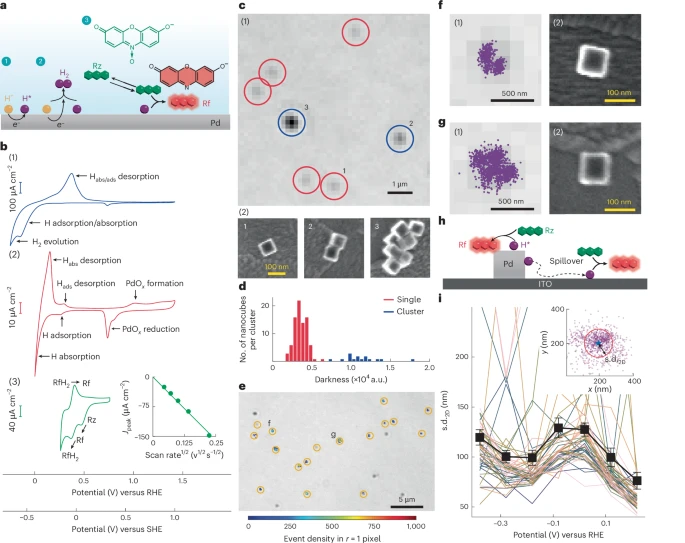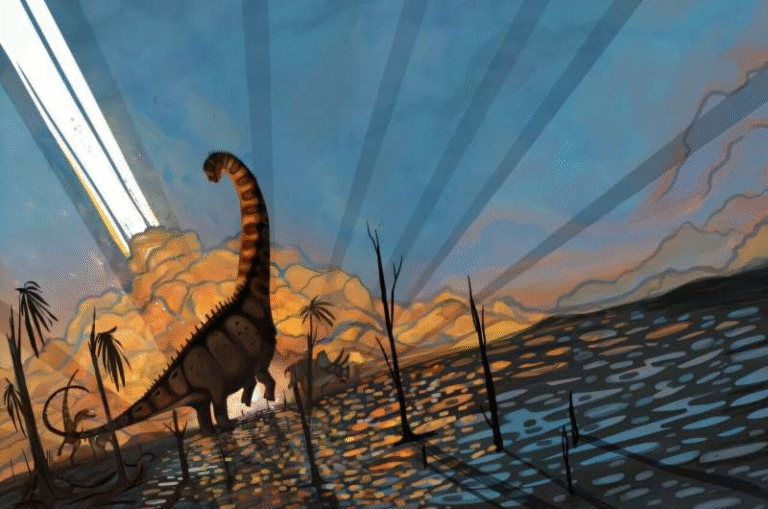Brazilian Scientists Crack a 50-Year-Old Fossil Mystery With Discovery of a New Ancient Plant

Imagine solving a puzzle that’s been sitting on the shelf for more than half a century. That’s exactly what a group of Brazilian scientists just did — and the result is the discovery of a brand-new plant genus that dates back nearly 296 million years.
The star of the story?
A prehistoric plant now officially named Franscinella riograndensis. Until recently, this fossil was hiding in plain sight in the Paraná Basin, one of South America’s most important fossil regions. It had been misclassified for decades, but with modern technology and a fresh scientific look, researchers realized it wasn’t just another old fossil. It was something new entirely.
A Fossil That Waited 50 Years
Back in the 1970s, paleobotanists described a plant fossil as Lycopodites riograndensis. At the time, they only had surface features — things like stem shapes and general structure — to go by. Without modern microscopes or advanced imaging, their classification was basically an educated guess.

Fast forward to today: a team led by scientists at the University of Vale do Taquari (Univates) decided to revisit the fossil. Using cutting-edge tools like scanning electron microscopy and silicone molding, they were able to peek inside the fossil in ways researchers from decades ago could only dream of.
And what they found completely changed the story.
The Breakthrough: Spores in Their Original Place
One of the most exciting parts of the discovery was spotting spores preserved in situ — which means still in their original position within the plant’s reproductive structures. For paleobotanists, this is a big deal. Spores are like tiny time capsules, carrying crucial information about plant evolution and the ecosystems of the past.
The spores linked Franscinella riograndensis to a group known as Converrucosisporites, which frequently appear in Permian deposits of the Paraná Basin. This connection bridges the gap between macro fossils (things we can see with the naked eye, like stems and leaves) and micro fossils (tiny pollen and spores), giving scientists a fuller picture of ancient plant life.
Why It Matters
You might wonder: why does reclassifying one little plant fossil matter so much? Here’s why:
- Scientific accuracy: For over 50 years, this fossil was in the wrong category. Correcting its place in the plant family tree reshapes how we view plant evolution during the Permian period.
- Rare find: This is only the fifth known record worldwide of a lycopsid (a primitive vascular plant) with spores preserved in situ. That makes it extremely rare and scientifically valuable.
- Global perspective: The discovery doesn’t just help Brazil. It adds new data to global paleobotanical studies, offering insights into how plants evolved across Gondwana, the ancient supercontinent that once connected South America, Africa, Antarctica, and more.
From Local to Global Collaboration
The study was led by Júlia Siqueira Carniere, now a doctoral student, as part of her master’s research at Univates. But this wasn’t a solo project. The work brought together experts from multiple Brazilian universities and even international collaborators in Germany. Specialized labs, such as the itt Oceaneon Technological Institute, played a crucial role in recovering the microfossils.
This collaboration shows how science today thrives on teamwork, advanced tools, and a fresh perspective on even the oldest mysteries.
Looking Ahead
The discovery of Franscinella riograndensis is a reminder that the fossil record still holds countless secrets. Sometimes, it’s not about unearthing a brand-new fossil — it’s about rethinking what we already have with the benefit of modern science.
Who knows how many other fossils, tucked away in collections around the world, are waiting for their second chance to tell us their true story?
For now, Brazilian scientists have given us a remarkable piece of the puzzle, one that links the past and present in a way that feels both ancient and brand new. And that’s the kind of scientific discovery that makes you stop and wonder — what other hidden treasures from Earth’s deep history are still waiting to be revealed?
Source: “Franscinella riograndensis (Salvi et al.) gen. nov. et comb. nov.: The first record of a lycopsid with in situ spores for the Permian strata of the Paraná Basin, Brazil” by Júlia Siqueira Carniere, Ândrea Pozzebon-Silva, Rafael Spiekermann, Lilian Maia Leandro, Margot Guerra-Sommer, Dieter Uhl and André Jasper, 27 June 2025, Review of Palaeobotany and Palynology.





